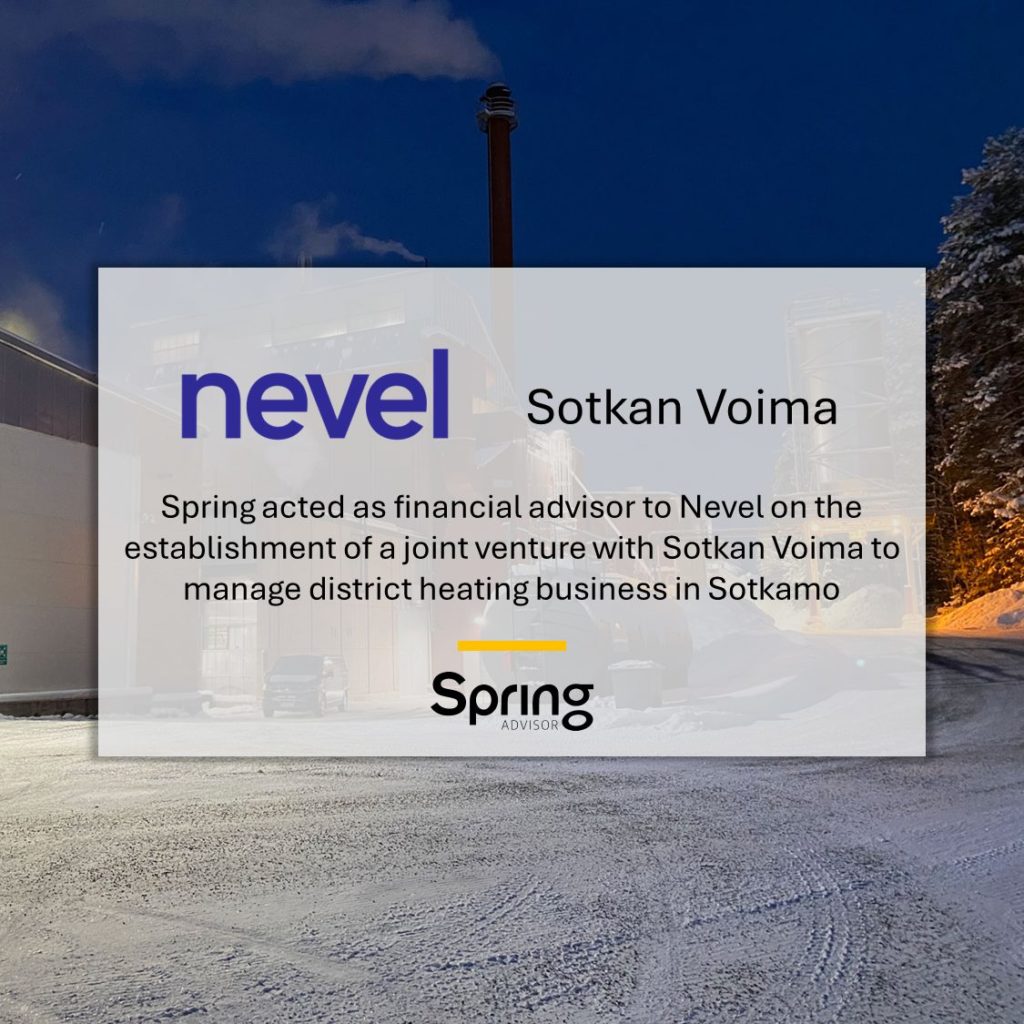A strategy has as many definitions as there are people wanting to define it. In most cases, strategy can be described as the search for a sustainable competitive advantage, which, if achieved, will enable the company to flourish in the long run.
Sustainable competitive advantage can be defined as the sum of three factors:
• the company is somehow superior to its competitors
• a sufficient number of customers are prepared to pay for superiority
• It is difficult for competitors to get a competitive advantage.
This somewhat mathematical approach highlights that competitive advantage does not exist if even one of these three factors do not substantiate. A toothpick’s exceptional durability, for example, does not provide its manufacturer with a competitive advantage because few people are likely to be interested in such a trait.
Achieving long-term competitive advantage requires success at all levels, from strategic planning to day-to-day operations. The following are the five actions you must take to achieve success.
1. Recognize the sources of your market’s competitive advantages.
Before entering into your strategy, it is critical to understand how competitive market advantages are built. For example, who is the technological market leader? Which customers value the most superior technology, and why? Is a technical leader’s position founded, for instance, on strong patents or agile product development that lets others run faster year after year?
In most circumstances, most research efforts should be directed toward knowing customers to determine what competitive advantages have or could have value. It is then easy to detect competitors’ competitive advantages and comprehend their underlying factors. Whether technological, regulatory, or otherwise, changes in the operational environment should not be disregarded, as they may be relevant, particularly in the study of the sustainability of competitive advantages.
The first hypothesis of competitive market advantage can be constructed by combining media sources, competitors’ public materials, databases, and other external sources with information obtained within the organization, such as salesmen, customer service, and other front-line employees’ knowledge. Following that, any formed hypothesis should be validated and augmented directly from present and potential clients, for example, through simple interviews. The key is to look beyond the simple facts: What is the fundamental requirement of customers who purchase products or services? Why did they select us above our competitors?
2. Determine your present and long-term competitive advantages
After you’ve gained a firm grasp of the market, it’s time to pinpoint your own existing and potential competitive advantages. It is also essential to seek processes that allow competitive advantages to build and strengthen over time. If, for example, the competitive advantage is based on the lowest unit costs acquired through the highest production volume, this advantage will strenghten even more as scale increases, completing the positive spiral.
It is important to discern whether or not the company has intrinsic strengths or differences that are permanent in nature. For example, the location of a manufacturing site may lead to a cost competitive advantage in particular geographic areas due to logistical matters. Following this basis, the emphasis will shift to identifying the competitive factors that the organization should actively build through its own decisions and measures. What should be highlighted in this analysis is that competitive advantage often comes from a combination of aspects which, on their own, may be easily limited but, when combined, make a unique combination.
This thoughtwork can be accelerated simply by examining one’s historical performance. For example, in which customer segments, countries, channels, products, services, or technologies has the company performed best financially or received the best customer feedback? In addition, because competitive advantages usually lead to success, backwards looking at successful operations can help identifying the building blocks of success.
3. Take the risk of making unambiguous decisions
Exploiting and continuously improving competitive advantages requires clear decisions. For example, if a company aspires to be the world’s most significant supplier of ERP systems in the construction industry, it is not worthwhile to try to serve the food industry at the same time. Instead, it is critical to devote resources exclusively to the construction business for the company to obtain the highest possible customer knowledge, the most respected brand, and the most satisfactory solution for the industry. Asking ourselves what we are not doing, in addition to what we are doing, is a good acid test for the clarity of our own decisions.
Companies’ focus areas tend to become increasingly vague over time as the business expands a little into a wide array of clients, goods, services, and channels. However, the bar for abandoning potentially profitable and high-turnover activities is high since no one wants to slaughter a dairy cow. Unfortunately, this eventually leads to a system in which the primary areas are underinvested, and the goals remain the same year after year.
4. Broaden your options within your organization
Even the best orchestra sounds flat if not everyone interprets the song in the same way. Similarly, a company’s competitive advantages only comes to life when exploited and reinforced throughout the business. For example, suppose a company has decided to be the lowest-cost manufacturer in its area. In that case, product development must focus on low-cost manufacturing, and customer service must strive to reduce the number of contacts and process them automatically.
The management team is responsible for identifying and planning as concretely as possible the ways in which each function will effectively support the company’s competitive advantage. The implementation of such a plan necessitates constant communication which results in each employee internalizing their competitive advantages. This way every individual can analyze and determine how to best support the organization.
5. Concentrate on daily activities
Strategy is what the company does, not what it determines or says it will do. When clients are overloaded with queries, a coworker is injured, and “real” jobs need to be done, strategy and increasing competitive advantage are a rarely prioritized development area. This is when strategy is not supported and enhanced by operative functions.
Setting objectives and tracking their progress are valuable tools for staying focused. Very comprehensive and detailed tracking plans may not make sense over a long period because the operational environment and the firm itself are likely to change considerably and unexpectedly. In the long run, it is better to prioritize competitive advantage, develop possibilities for success in many parts of the world, and refine plans along the way.
The pursuit of competitive advantage is a never-ending process
Although the path to long-term competitive advantage was presented above as a series of steps, it is continuous and iterative. One’s understanding of the market situation must be actively maintained, competitive advantages must be regularly examined, choices must be made and implemented repeatedly, communication inside the business must never cease, and the focus of day-to-day operations must be kept sharp from day to day. Agility is therefore often recognized as the make or break feature of winning strategy work.





